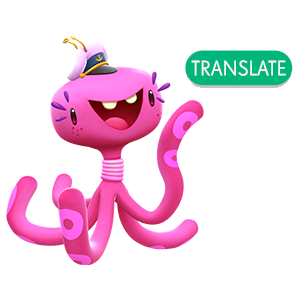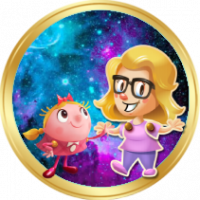
The Community in more languages
Now the forum welcomes more languages.
You'll see a green translate button in comments and discussions to turn them into English

Teresa catches up with the two of them.
‘Humans experience an incredibly wide range of emotions. The total number of emotions one person can feel is 34,000. Because we have such a large emotional range, understanding our emotions can be messy and complicated. This can lead to feelings of confusion and turbulence.
To help people understand their emotions and navigate their changing feelings, American psychologist Dr. Robert Plutchik helped breakdown the vast number of human emotions into eight basic feelings that serve as the foundation for all others. Using these primary emotions as the base, he created the emotion wheel.
Knowing more about our emotions helps us to avoid getting blindsided by our feelings. Dr. Plutchik knew the importance of being able to fully understand feelings and helped pare down the overwhelming amount of emotions a person can have into eight primary emotions that serve as a springboard for all the others.
Essentially, despite how complex different feelings are – they can all be traced to one of these eight emotions. Similar to the color wheel, where the primary colors are the jumping point of all other colors in the spectrum, Dr. Plutchik paired the emotions as polar opposites situated across one another in the wheel.
The pairs include: Joy and Sadness, Trust and Disgust, Fear and Anger and Anticipation and Surprise.
These key pairings formed the basic emotions on the wheel. As emotions evolve and grow stronger or weaker, they change. For example, disgust could easily go from simple dislike to loathing—two different feelings with the same root emotion.
To understand the wheel better, you should note the wheels’ three main elements or characteristics:
Colors - The eight basic emotions in the wheel are marked with specific colors. As the given emotions get more intense, the color does too.
Layers - The wheel also has different layers and dimensions. As you get closer to the middle of the wheel, feelings and colors intensify.
Relations - The wheel doesn’t just showcase how one emotion can intensify and change, it also shows the relationship between opposing emotions and the feelings that arise when emotions are mixed.
This helps us understand how all emotions can easily interact with each other to produce newer more complex emotions.
Let’s continue – Assumptions on the Emotions Wheel
Start at the beginning - Tiffi ends up in the town of Wellspring